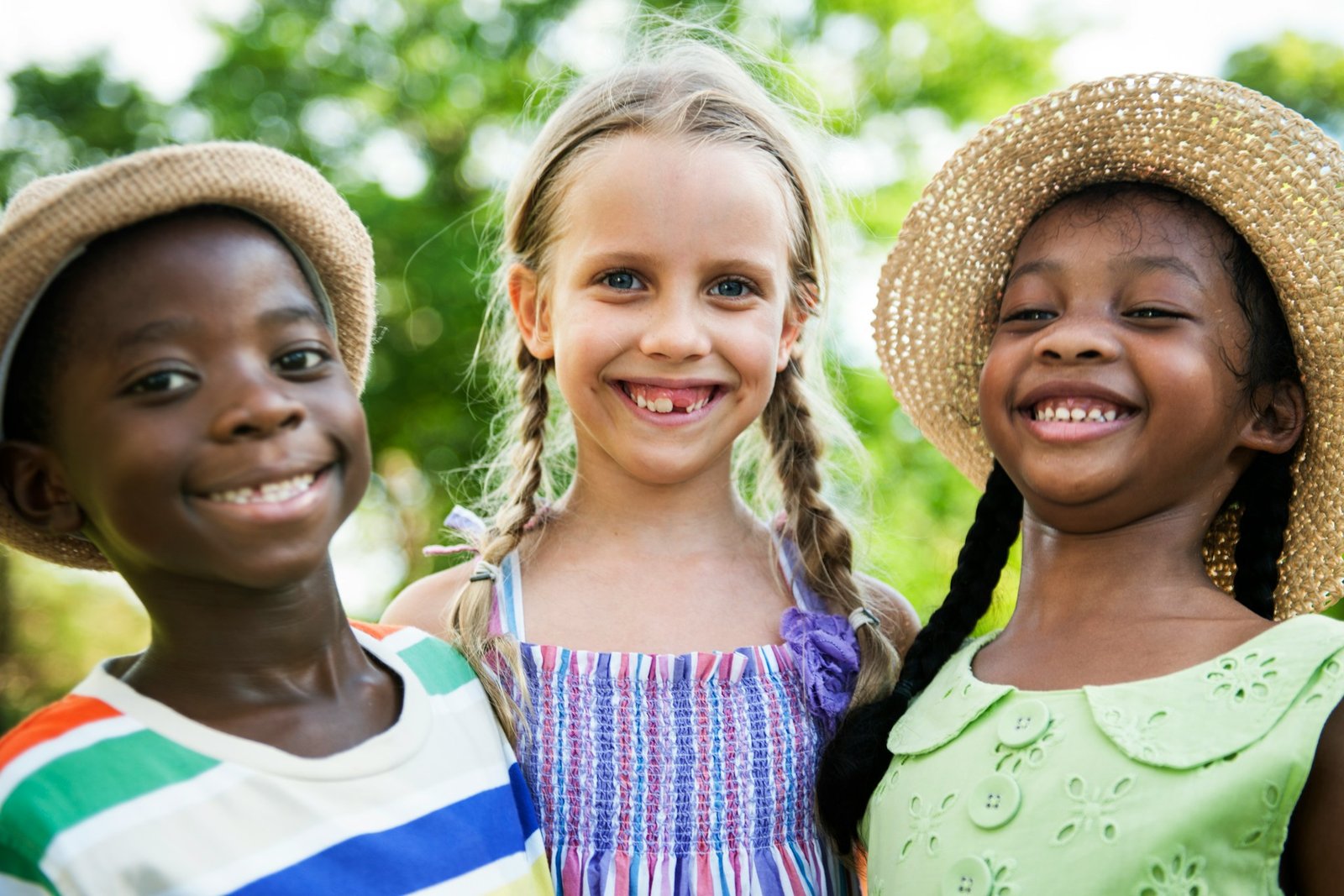Fear can take many forms in young children, especially after they’ve been through something scary or overwhelming. Whether it’s a car accident, a natural disaster, or witnessing something upsetting, children don’t always have the words to describe what they’re feeling. What’s happening inside shows up on the outside — sudden clinginess, confusion, protests over bedtime, or a lack of interest in favorite toys. For many parents, these changes might seem like mood swings or growing pains. In reality, these shifts can be a child’s way of saying, “I’m not okay.”
When young kids go through trauma, their reactions often don’t look the way adults expect. That’s why it’s so important to notice even subtle changes and take them seriously early on. At this age, children rely heavily on the grownups in their lives to help them make sense of what’s going on and feel safe again. Taking small steps to understand their behavior and getting support from a children’s trauma therapist can make a big difference in how well a child recovers. It’s not about fixing them, it’s about helping them feel secure enough to heal.
Common Post-Trauma Reactions In Young Children
Young kids don’t process trauma the way adults do. They’re still learning how to understand emotions, express their thoughts, and even identify what makes them feel uncomfortable or scared. This means their reactions might seem confusing or unrelated to what happened. In many cases, their behavior speaks louder than their words.
Here are some common signs that might point to trauma in a young child:
– Sudden sleep disruptions, like nightmares or trouble falling asleep
– Regression, such as bedwetting, thumb-sucking, or using baby talk
– Clinginess, refusing to be alone or constantly needing a parent nearby
– Anger outbursts, irritability, or aggressive behavior not typical for the child
– Withdrawal from usual play or activities they normally enjoy
– Worrying frequently or showing fear that doesn’t match the situation
– Complaining of tummy aches or headaches with no clear medical cause
These behaviors might surface days, weeks, months, or even years after the event. It’s also common for the intensity of reactions to change as the child grows or reaches new developmental stages. For example, a preschooler might express fear by wanting to sleep in bed with their parents, while a second grader might become unusually quiet or seem easily startled.
Each child is unique, so not all reactions will look the same. Some might bottle up their emotions, while others act them out physically. One example could be a five-year-old who starts having tantrums again after witnessing a car crash. What they’re lacking in explanation, they’re showing through fear-based behavior. Understanding these signs is the first step toward helping the child move forward.
The Role of Parents and Caregivers
Parents and caregivers play a key role in helping children feel safe and secure. Their presence as calm and understanding figures can alleviate children’s worries. When a child starts showing signs of trauma, one of the best things a parent can do is listen. This doesn’t mean having all the answers, but rather creating a space where the child feels heard. Encouraging them to share what they’re comfortable with promotes a trusting relationship.
Comforting routines can provide a sense of normalcy and structure the child can lean on. Consistent bedtimes, regular family meals, and predictable schedules help reduce stress. It’s about showing them that while some things have changed, many are still dependable and safe. Parents should also take care of themselves. Feeling stress is normal, but it’s important to find ways to cope so they can better support their child.
Being open about one’s feelings without overwhelming the child can also show them it’s okay to express emotions. When a parent explains, “I felt worried too, but talking helped me,” it teaches the child that it’s normal to feel and talk about emotions.
Seeking Professional Help
Sometimes, the support a child needs goes beyond what parents can offer alone. A children’s trauma therapist brings expertise in helping young ones work through complex emotions. Through specialized interventions, therapists can address what children might not have the words to express.
Different approaches suit different needs. Play therapy, for example, lets kids use play to communicate what they feel, often more easily than through words. Cognitive behavioral therapy helps children understand and alter patterns in thoughts and behaviors. The goal is to equip them with skills to manage feelings and responses to reminders of trauma.
Parents might wonder how effective therapy is. The positive shift in a child’s mood and behavior often reflects the benefits. While every child is unique in how they respond, having a professional partner in this journey boosts both the child’s and the family’s resilience.
Creating a Supportive Environment at Home
Taking steps to enhance the home environment can make a big difference in a child’s recovery. Start by creating a quiet, comforting space where the child can retreat when they need a breather. This might be a cozy corner with favorite books and soft toys.
Establishing routines is equally important. Consistent daily activities give children a sense of security. Open communication encourages children to share their thoughts and fears without judgment. Patience is another key ingredient. It takes time for children to process changes and feelings, so it’s important to remain patient as they work through their experiences.
Parents can engage children in simple, comforting activities like drawing, playing music, or reading together. These activities provide an outlet for expression and help children regain a sense of stability and joy.
Helping Children Feel Heard, Safe, and Supported
Understanding and addressing post-trauma reactions is one of the first steps in helping a child rebuild confidence and emotional well-being. When children feel understood and supported, they’re more likely to develop resilience and build tools that help them face future life challenges with strength.
The path to recovery may not follow a straight line, but with gentle support at home and helpful guidance from professionals, healing is possible. Early awareness and action matter. Therapists trained in trauma care can offer approaches that boost emotional security in young children, and having this kind of help can be a turning point.
Families don’t have to face this process alone. With support, patience, and care, recovery is within reach—and every step forward is a meaningful one.
Guiding a child through recovery from trauma can feel daunting, especially when emotions surface in unexpected ways. But support is available. At Mindful Mental and Behavioral Health PLLC, we offer professional support tailored to your child’s needs. Explore the benefits of working with a children’s trauma therapist to help your child regain confidence and a sense of security. Our experience in therapeutic care provides the reassurance and guidance your family needs in this healing journey.




